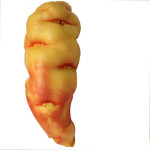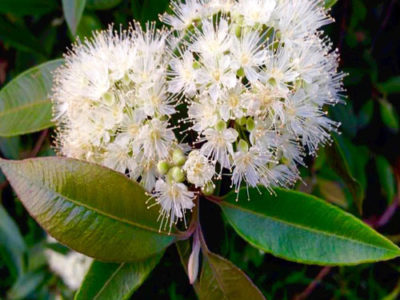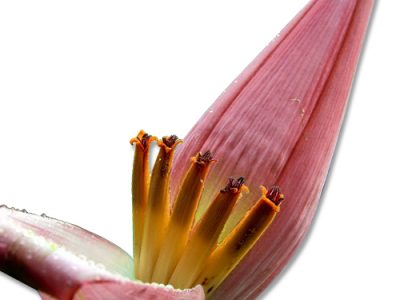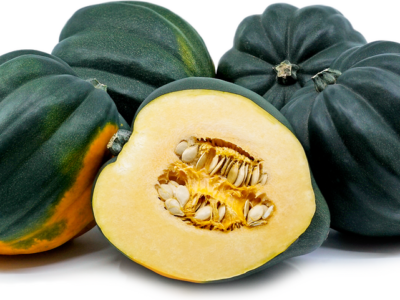
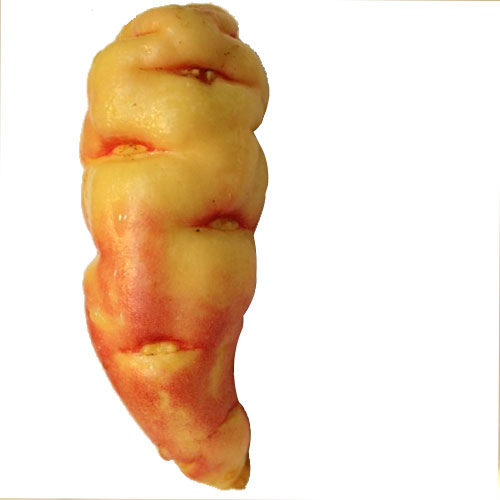
Mashua Properties Growth Health Benefits And Its Uses
Mashua
Leaves of various plants and trees found in this world are rich in minerals and supplements. Traditional medical practitioners prescribe the capsules, tonics, tablets and powders prepared from leaves of the plant to various patients. Plant’s leaves are rich in fiber, iron and potassium, anti-oxidants and anti-inflammatory properties. Human beings who love junk foods should start eating leaves, vegetables and fruits to improve their overall health. This topic will deal with a flowering plant named mashua which comes under the family Tropaeolaceae and plant kingdom plantae. The botanical name of this plant is Tropaeolum tuberosum.
These plants belong to Andes region, particularly in Peru and Bolivia. It is also found to a particular extent in Ecuador. The edible tubers can be cooked, fried, deep-fried and consumed. This plant grows through the year and considered as a perennial plant. This beautiful climbers grows to a height of 2-4 m. Mashua is used as an ornamental plant in many gardens since it has brightly colored flowers. The other common names of this plant are mashwa, anu, maswallo, mazuko, cubio, mascho, and tuberous nasturtium.
Where It Grows
These plants can be grown on high altitudes and gives excellent yields which is around 30 tons per hectare. But when it is grown under proper cultivation the farmers can expect yields of around 70 tons per hectare. This plant has a chemical name isothiocyanates which keeps the insects, nematode and other bacterial pests at bay. It grows perfectly even in marginal soils but prefers well-drained soils. In Colombia it is planted as a companion crop to repel pests.
Properties Of Mashua
Mashua plants have bluish green foliage and each leaf consists of 3-5 lobes. The color of the flowers may vary from dark yellow and orange to scarlet. The color of the tubers is pale white or yellow sometimes striped with purple or red. These ornamental plants are found abundantly in Andes Mountains and also in Peru, Bolivia, Ecuador, Venezuela, and Columbia. These grows wonderfully at between at heights 2600 m and 4000 m.
These plants grow in dry climates and need ample water.
The proper care should to taken during winter months to avoid permanent loss. It prefer rather moist soil. Mashua can also be grown in containers, especially hanging baskets. These plants can be grown outdoors or indoor as an ornamental plant. Since these climbers grow rapidly it is better to fix a bamboo stick and spread the plant on it. Mashua also grows in dry winter. The tubers are generally large in size. The researchers have found that this plant is not a perfect climber, but a trailing crop.
Uses Of Mashua
- The raw tuber can be added to salads to confer spicy flavor and crunchy texture.
- The tuber crop has antibiotic and diuretic properties.
- It is believed to cure ulcers and also kill lice.
- The well-cooked tubers have a peppery flavor and after refrigeration the taste will be wonderful.
Benefits of Mashua
Interesting Facts
These plants is one of the oldest plants in the earth were it was cultivated dung pre-Inca periods. These plants were also domesticated during 5500 BC. These climbing plants are favorites ones for many gardeners throughout the world.

